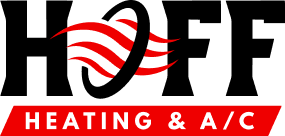Missouri Homeowner’s Guide to Dry Indoor Air
Proper indoor air quality has a major influence on people’s health and happiness. But breathing in dry air can cause a host of problems. These problems range from irritated respiratory tracts to warped wood furniture. To have a healthy home, it’s important to know what produces dry indoor air and how it affects people. Let’s take a look at the top causes of dry air. We’ll also cover how it affects you and your house and nine practical remedies. Causes of Dry Indoor Air A number of things may cause dry air to build up in a house, which can be very uncomfortable and even dangerous. The use of heating systems, particularly in the winter, is a common cause of low humidity. Seasonal changes, especially in colder regions, have the potential to make dryness even worse. Factors that lead to low humidity include overheating living environments and the usage of certain equipment. Another factor is the absence of moisture sources, such as houseplants or clothes dried in the air. A lack of natural ventilation, airtight housing, and environmental variables like low relative humidity also play a role. For a healthier and more pleasant interior climate, it is essential to identify...
View Article Read More
 Call Us Today
Call Us Today
